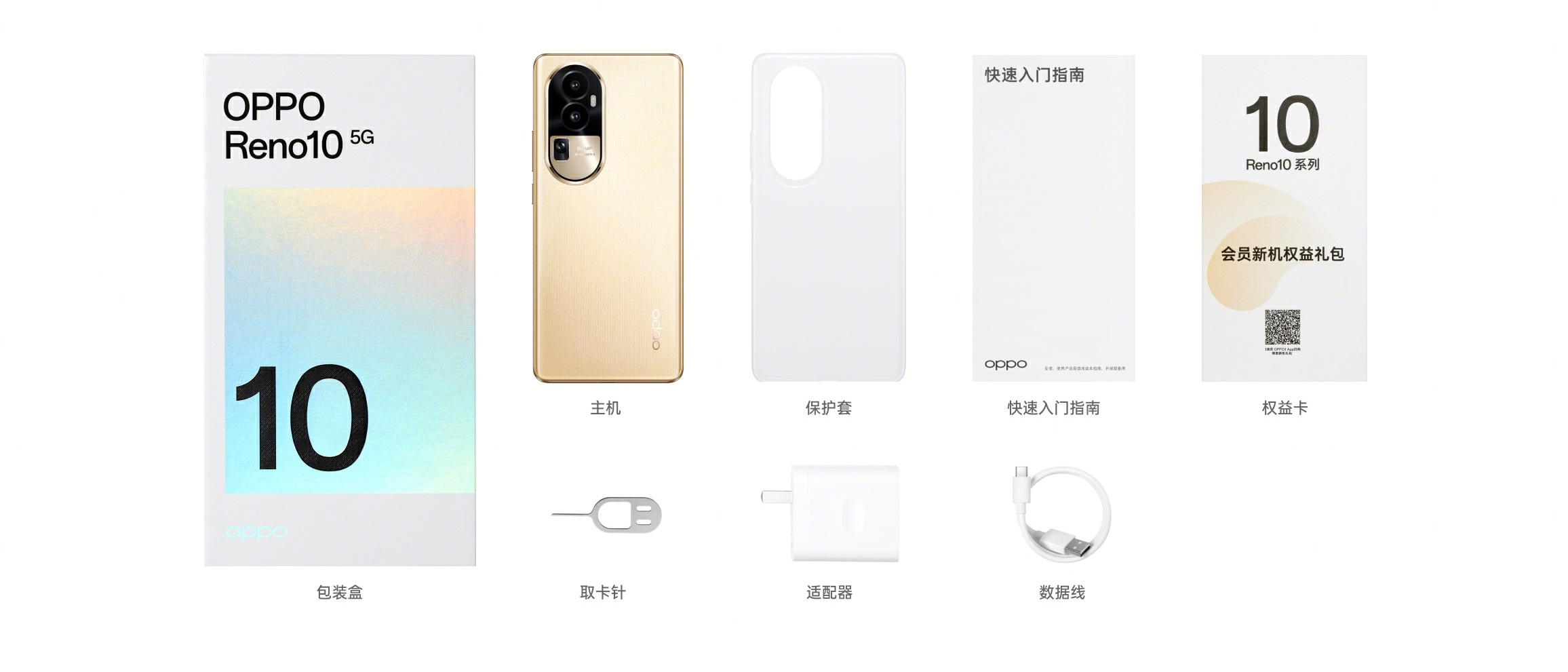We know that OPPO's Reno series is almost every six months iteration, remember the Reno9 series was released in November 2022, and Reno10 series was released in May 2023, the time interval is about six months.
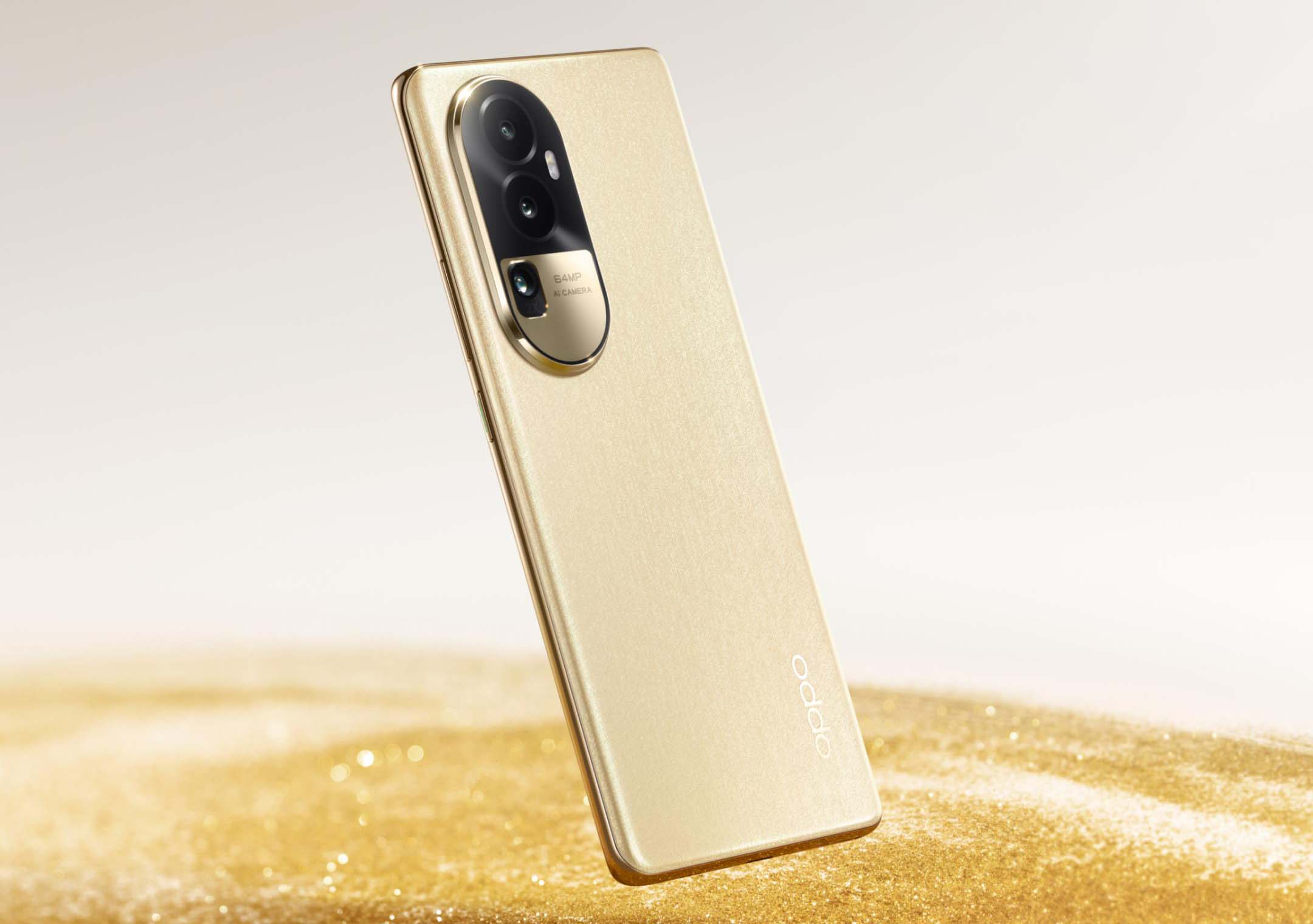
For example, the Reno10 standard version is still using the same Snapdragon 778G chip as the Reno9 standard version, with LPDDR4x memory and UFS2.2 flash memory.
Objectively speaking, the core configuration of Reno10 is relatively backward, because it is now 2023, and as a mid-range machine, equipped with Snapdragon 778G is acceptable, but some thousand yuan machines are using LPDDR5 memory and UFS3.1 flash memory, but Reno10 is still using LPDDR4x memory and UFS2.2 flash memory, coupled with the starting price of 2499 The price is a bit unjustified.
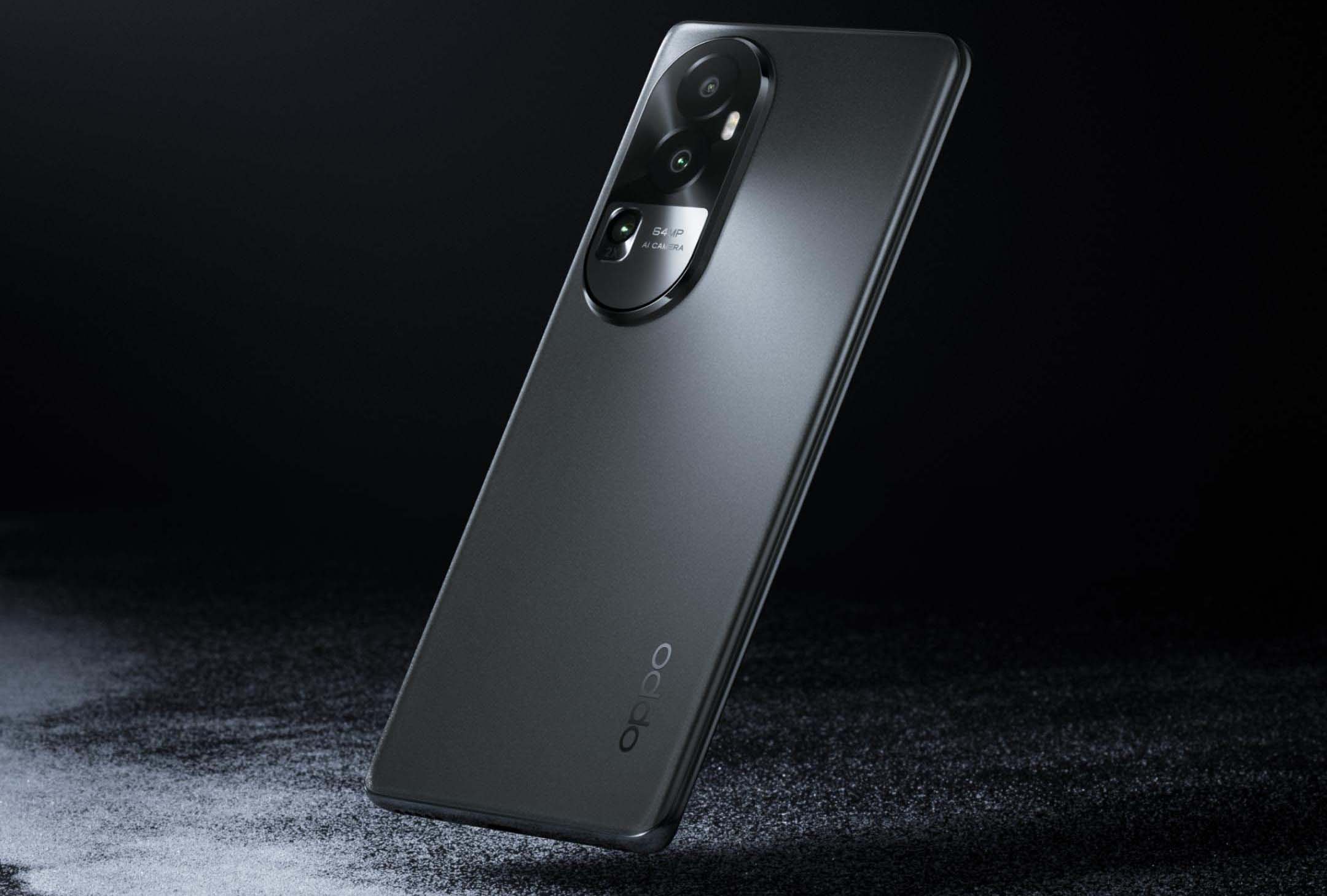
Battery, Reno10 equipped with 4600mAh battery and 80W wired fast charging, charging speed is still very enough to see, but the battery may be slightly smaller, but it is equipped with Snapdragon 778G chip, its own power consumption is not particularly high, so 4600mAh is still relatively top, plus its 7.58mm body thickness and 180 grams of body weight In fact, the 4600mAh battery is really not small.
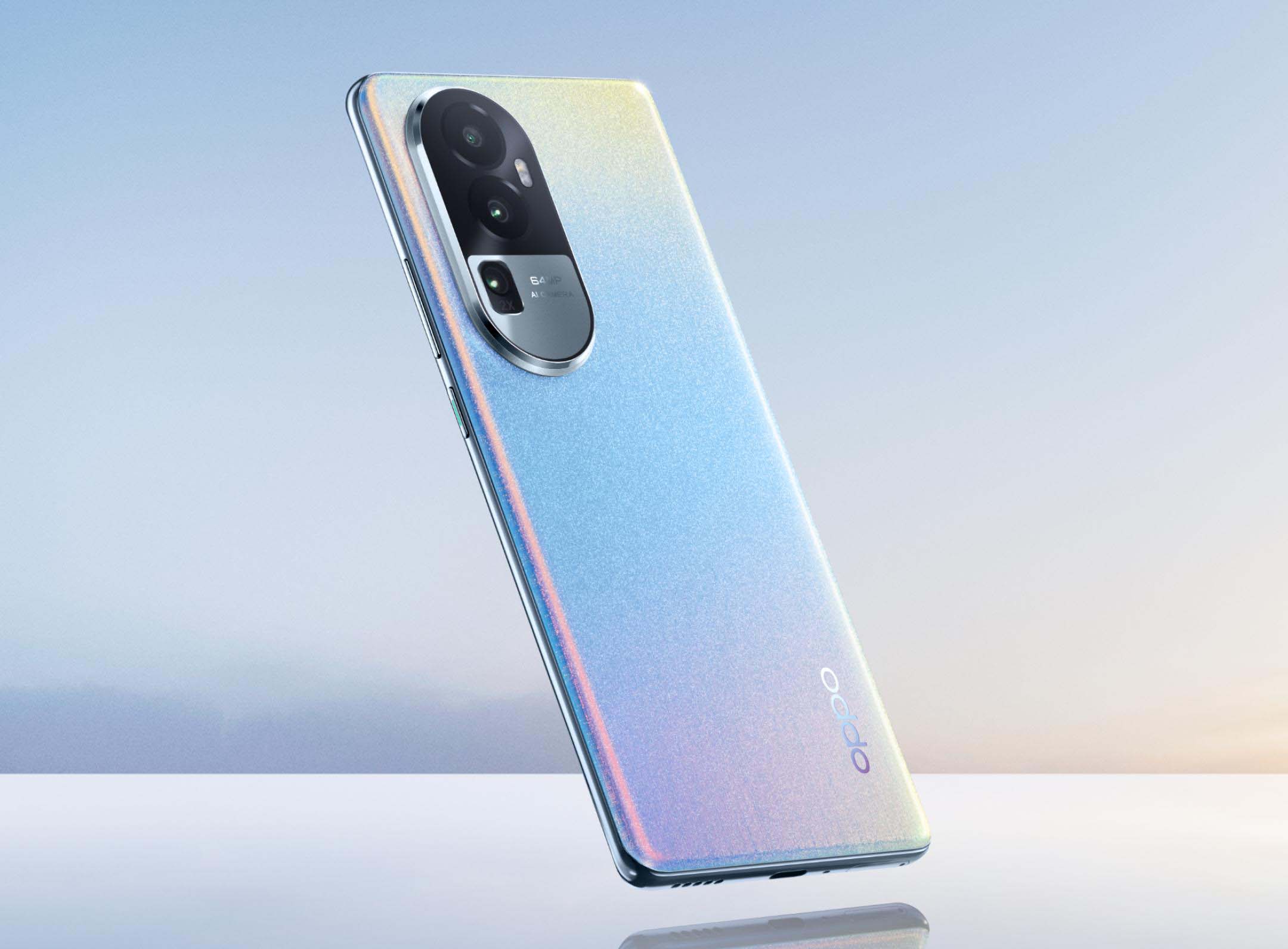
Screen, Reno10 with 6.7-inch OLED dual-curved screen, resolution of 2412 * 1080, pixel density of 394ppi, support for up to 120Hz refresh rate and 240Hz touch sampling rate, also supports 10bit color depth, the transition between neighboring colors is still relatively smooth, there will be no moiré.
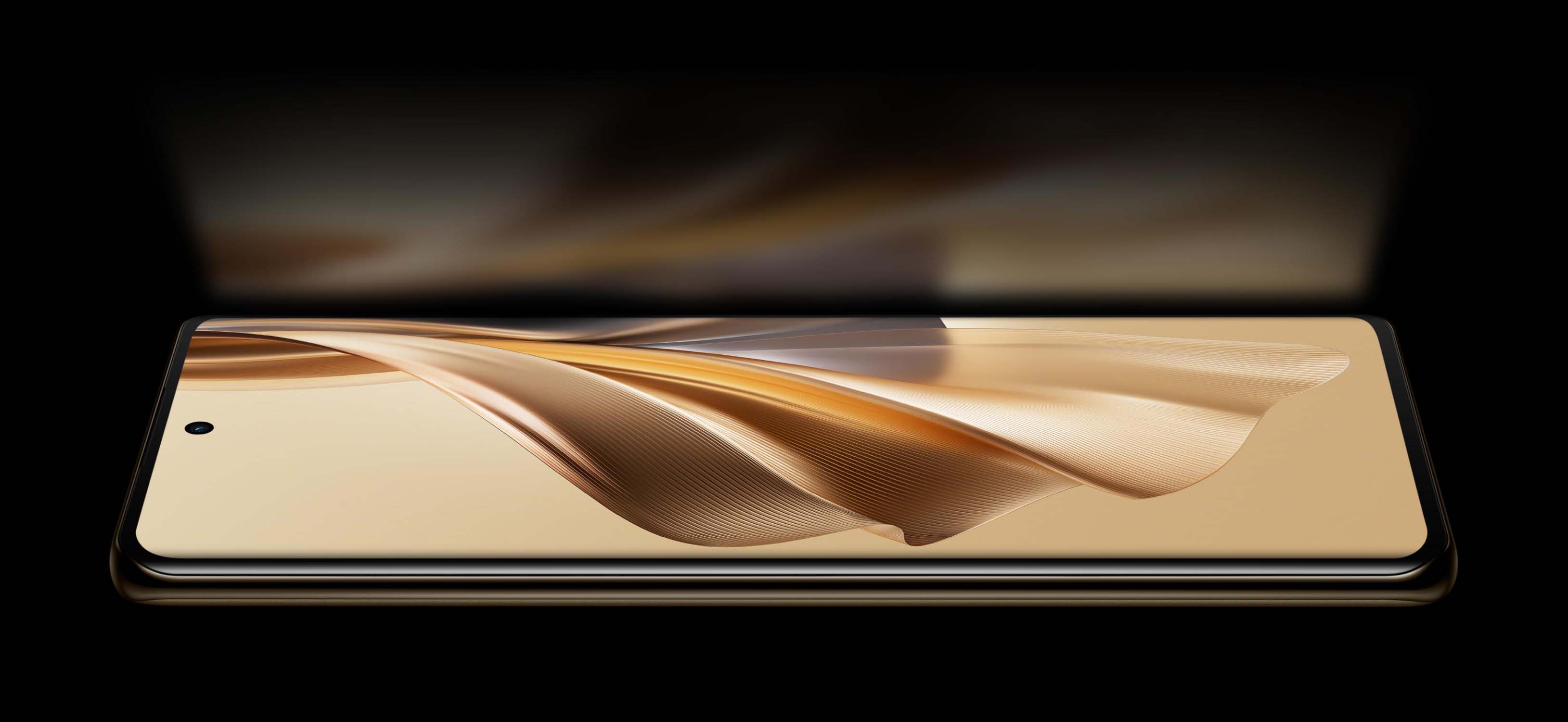
More importantly, the screen also supports 2160Hz high-frequency PWM dimming, low brightness environment is still very eye protection, but I strongly recommend that you do not rely too much on this feature, try not to use the phone for a long time in a low brightness environment, even if there is high-frequency PWM dimming, as long as the eyes are harmful.
About the Reno10 screen, in general it is the screen is relatively perfect, the new black technology basically should have all.
In terms of camera, Reno10 is equipped with a 32-megapixel single camera front + 64-megapixel main camera + 32-megapixel telephoto + 8-megapixel ultra-wide angle, of which the front lens and telephoto lens with Sony IMX709 sensor, with 1/2.74-inch light-sensitive unit, the performance is relatively speaking very good.
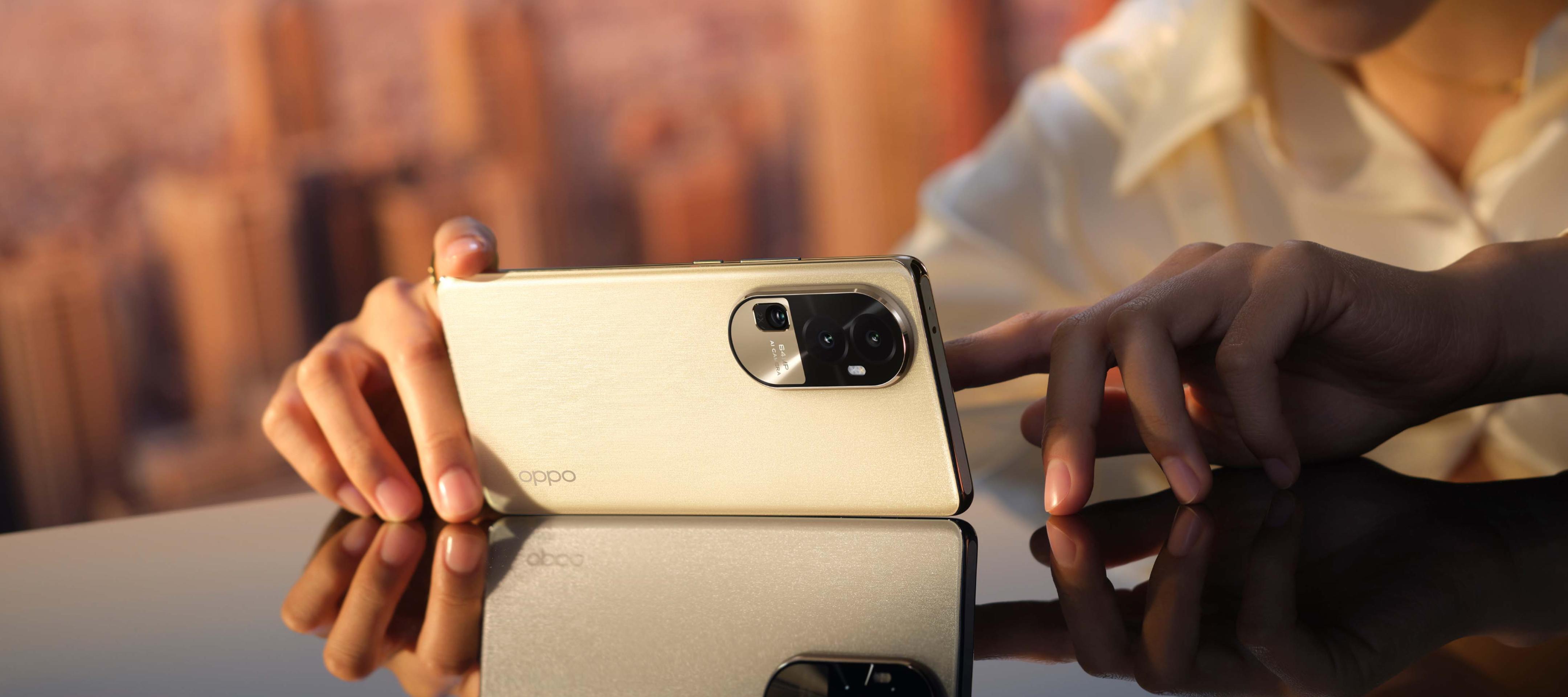
And, in the price range of 2000 to 3000, it is really rare to see a phone with a telephoto lens, let alone a 32-megapixel telephoto lens, but the Reno10's rear telephoto lens does not have an outstanding zoom capability, it only supports a maximum of 2X zoom, which is also suitable for taking portraits.
Reno10 rear main lens used in the sensor is OV64B, is 1/2 inch light sensor, with a large F1.7 aperture lens, the performance is still relatively good, but unfortunately less OIS optical stabilization. In addition, the 8 megapixel ultra-wide angle lens is naturally nothing to say.
The Reno10 camera configuration, overall, both configuration and optimization, is actually doing quite well, fully afford it this price positioning, in terms of cost performance, Reno10 will certainly also be slightly higher than Huawei nova11 standard version.
The next thing to discuss is the appearance of the Reno10.
OPPO's Reno series has always focused on value and photography, this Reno10 color scheme is still a continuation of the previous generation of Reno9 color scheme, the appearance is generally similar, but Reno10 rear module looks a little different, after all, the inclusion of a telephoto lens, which makes the 2000-plus price point of the phone looks very much like a high-end machine.
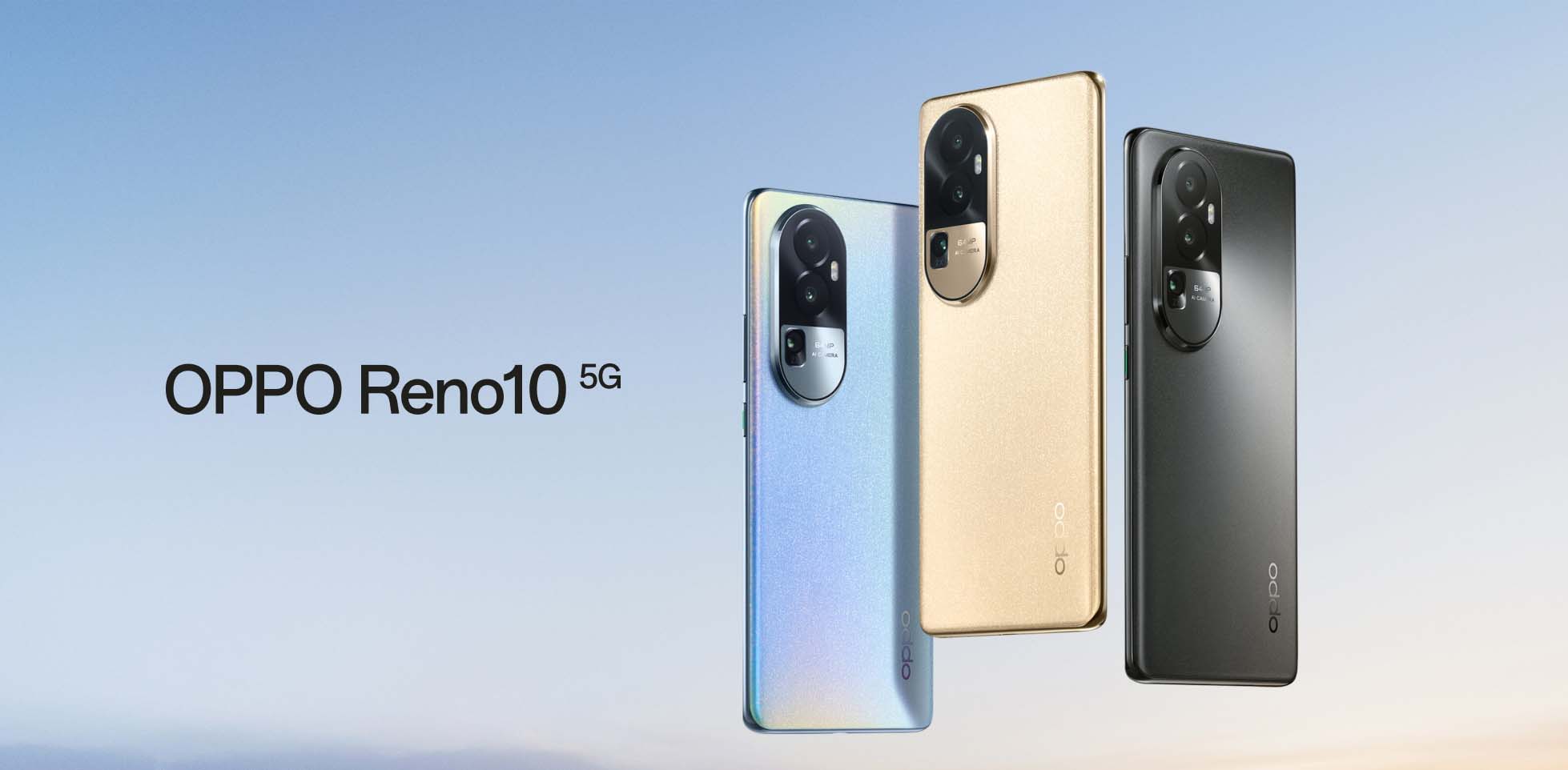
But there is one place that reveals the fact that Reno10 is not a high-end machine, that is, the frame, from the appearance of the Reno10 frame is not digging the antenna slot, we know that only the plastic frame does not need to dig the antenna slot, so even if the Reno10 frame color and back cover to do a very unified, but also can not hide the fact that it uses a plastic frame, of course, there is nothing wrong with a plastic frame.
In terms of system, it is worth mentioning the two functions of cross-screen connectivity and system splitting, which I personally think is more practical.
First is the cross-screen interconnection, it is possible to open three APP windows on the computer screen at the same time, but because Reno10 is equipped with Snapdragon 778G chip, which is a mid-range chip rather than a flagship chip, so it is the highest resolution of the three APP windows can only reach 1080P, while the flagship chip equipped with OPPO, one plus, true my phone is actually open to 1440P resolution, of course, 1080P resolution of the three APP window is actually completely enough.
The second is the system split, I personally think this feature is quite practical, especially for some friends with a little secret is very friendly, because you can prepare two systems, one for the public, whether it is parents or wife can just look, but the privacy system only you can see, the general public will not come to check whether you have this privacy system, the privacy system can have some small secrets.
ColorOS privacy system has a benefit worthy of praise, that is, the installation of APP will not conflict, may say so many people do not understand, which must be a little Huawei Hongmeng system to lose face.
The system also has a privacy system, you can get a separate fingerprint to access it, but it has a disadvantage that the two systems can not install the same APP separately, for example, you installed the Baidu APP in the surface system, but in the privacy system there is no way to install the Baidu APP, and vice versa, in the privacy system installed WeChat, the surface system can not be installed, which gives This is an inconvenience for many users.
Then OPPO's ColorOS system split to solve this problem, the surface system and privacy system can be installed at will APP, the same APP will not have a conflict, I personally look forward to this point.
Of course, Reno10 is certainly a shortcoming, not equipped with LPDDR5 memory and UFS3.1 flash memory is only one, the second is the main camera and telephoto are not given to the OIS optical stabilization, the third is equipped with a rotor motor, the vibration is not very good, after opening is a buzzing sound, not like the linear motor is the sound of da da da da.
So is the OPPO Reno10 phone worth buying? The answer is yes, the camera configuration is very balanced, almost no cobbled together lens, at this price is relatively rare, and its face value is also very high, and thin enough, for users who pay attention to the face value of the phone and photography, Reno10 threshold is relatively low, but it is definitely not very suitable for playing games, so the game party should be careful to enter.
| Oppo Reno10 Full Specification Camera, Ram, Cpu, Display, Price and Much More.. | |
|---|---|
| NETWORK | |
| Technology | GSM / HSPA / LTE / 5G |
| LAUNCH | |
| Announced | 2023, May 24 |
| Status | Available. Released 2023, May 24 |
| BODY | |
| Dimensions | 162.4 x 74.2 x 7.6 mm (6.39 x 2.92 x 0.30 in) |
| Weight | 180 g (6.35 oz) |
| Build | Glass front, plastic frame, glass back |
| SIM | Dual SIM (Nano-SIM, dual stand-by) |
| DISPLAY | |
| Type | AMOLED, 1B colors, 120Hz, HDR10+, 950 nits (peak) |
| Size | 6.7 inches, 108.0 cm2 (~89.6% screen-to-body ratio) |
| Resolution | 1080 x 2412 pixels, 20:9 ratio (~394 ppi density) |
| PLATFORM | |
| OS | Android 13, ColorOS 13.1 |
| Chipset | Qualcomm SM7325 Snapdragon 778G 5G (6 nm) |
| CPU | Octa-core (1x2.4 GHz Cortex-A78 & 3x2.2 GHz Cortex-A78 & 4x1.9 GHz Cortex-A55) |
| GPU | Adreno 642L |
| MEMORY | |
| Card slot | No |
| Internal | 256GB 8GB RAM, 256GB 12GB RAM, 512GB 12GB RAM UFS 2.2 UFS 3.1 (512GB 12GB RAM only) |
| BACK CAMERA | |
| Triple | 64 MP, f/1.7, (wide), 1/2", 0.7µm, PDAF 32 MP, f/2.0, (telephoto), 1/2.74", 0.8µm, PDAF, 2x optical zoom 8 MP, f/2.2, (ultrawide) |
| Features | LED flash, HDR, panorama |
| Video | 4K@30fps, 1080p@30/60fps, gyro-EIS |
| FRONT CAMERA | |
| Single | 32 MP, f/2.4, 22mm (wide), 1/2.74", 0.8µm, AF |
| Features | Panorama, HDR |
| Video | 1080p@30fps, gyro-EIS |
| SOUND | |
| Loudspeaker | Yes |
| 3.5mm jack | No 24-bit/192kHz audio |
| COMMS | |
| WLAN | Wi-Fi 802.11 a/b/g/n/ac/6, dual-band, Wi-Fi Direct |
| Bluetooth | 5.2, A2DP, LE, aptX HD |
| Positioning | GPS, GLONASS, GALILEO, BDS, QZSS |
| NFC | Yes, eSE, HCE, UICC, NFC-SIM |
| Radio | No |
| USB | USB Type-C 2.0, OTG |
| FEATURES | |
| Sensors | Fingerprint (under display, optical), accelerometer, gyro, proximity, compass, color spectrum |
| BATTERY | |
| Type | Li-Po 4600 mAh, non-removable |
| Charging | 80W wired, PD, QC3, 50% in 11 min (advertised) Reverse wired |
| MISC | |
| Colors | Black, Gold, Blue |
